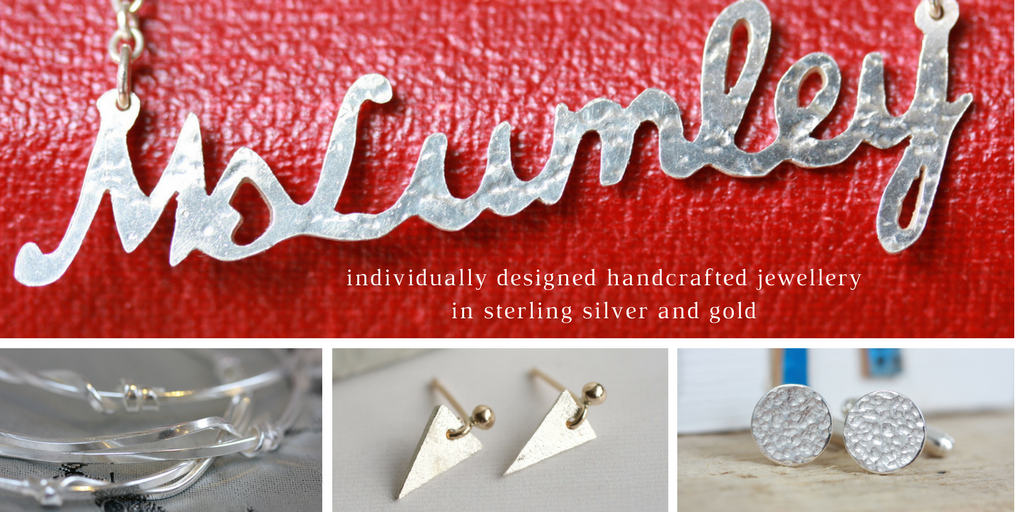I'm lucky that my husband, a furniture maker, has much of the photography equipment that would cost me rather a lot to have to invest in, and all I've had to buy myself is a macro lens. And that was a small fortune even secondhand, but boy, has it made a difference!
So here's my list of what I use to photograph my work.
Position - A corner of our bedroom, that has lots of light, but no direct sunlight - very important as you don't want glare from direct light. It's also nice to work at a decent height, rather than having to crouch down!
Tripod(s) - I have two tripods, though sometimes I don't use one for the camera, but the light was fading this afternoon, so I did set up the camera tripod.
Flash - On the light tripod, you'll see I don't have an actual light! This was a tip my husband discovered before buying a big light. Instead he bought a remote control - one part is situated on the tripod, and the flash is fitted on top, and the other part on top of the camera. This means you can control the direction and strength of the flash, not have it directly in front of the object you are photographing, and infill with light where you want - perhaps behind the object so that the background isn't too dark.
Umbrella - for directing the flashlight back more softly.
Camera - it's a digital SLR. Again, second hand, bought separately from the lenses. I know people swear by their phone cameras, but really nothing beats a decent SLR.
I know next to nothing on the technical side, but my husband distilled it for me - roughly the 'natural look' is 1/125 shutter speed, 5.6 aperture, and film speed 100 or 200. From there I move up and down (mainly the shutter speed) depending on the amount of light. I find that if I can get it looking as clean and bright as possible, I don't need to play around in photoshop with the image. The first shot, and the one below has had no digital tinkering. Both have been cropped a little, but no other manipulation at all.









No comments:
Post a Comment